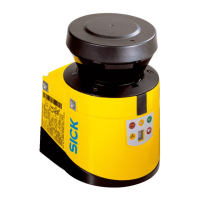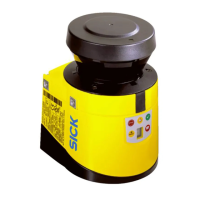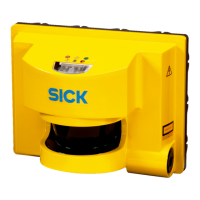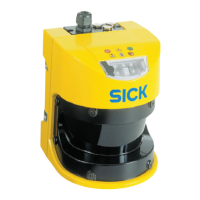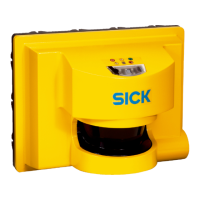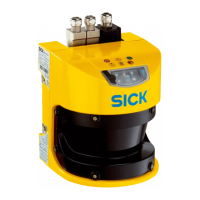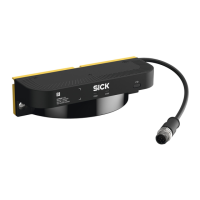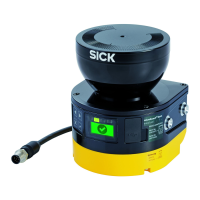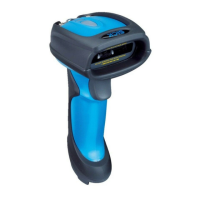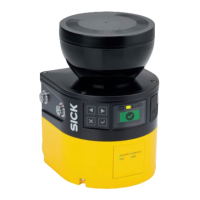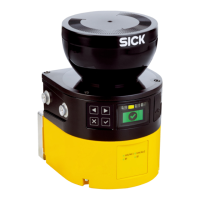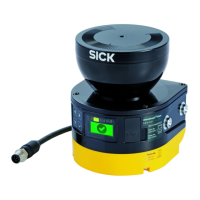How to fix undervoltage of the SICK S300 Mini supply voltage?
- AAshley NelsonAug 13, 2025
To address undervoltage, check the power supply unit and the connecting cables.
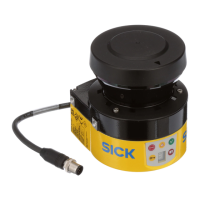
How to fix undervoltage of the SICK S300 Mini supply voltage?
To address undervoltage, check the power supply unit and the connecting cables.
What to do if SICK Scanner has invalid configuration of the EDM?
If there's an invalid configuration of the EDM, check that the machine-side EDM is connected correctly.
What to do if the SICK S300 Mini Scanner supply voltage is missing or too low?
If the supply voltage is missing or too low, check the voltage supply and activate it if necessary.
What to do if SICK S300 Mini Scanner shows a temperature error?
If a temperature error occurs, verify that the device is being operated within the permissible ambient conditions.
Why is my SICK S300 Mini dazzled?
The device may be dazzled by an external light source, such as a headlight, infrared light source, stroboscopic light, or the sun. Remount the device, if necessary.
What to do if the optics cover of SICK S300 Mini is contaminated?
Clean the optics cover.
What to do if the addresses of both the host device and the guest device may have been set to guest in SICK S300 Mini Scanner?
Remove the jumper on the host device and check the connected device and the connection to this device.
What to do if there is a short-circuit in SICK S300 Mini?
Check the wiring for cross-circuits.
| Type | Safety laser scanner |
|---|---|
| Angular Resolution | 0.5° |
| Number of Scanning Lines | 1 |
| Protection Rating | IP65 |
| Number of Field Sets | 2 |
| Scanning Angle | 270° |
| Wavelength | 905 nm |
| Power Supply | 24 V DC |
| Housing Material | Plastic |
| Output Signal | OSSD |
| Operating Temperature | 0°C to +50°C |
| Response Time | ≤ 100 ms |
| Supply Voltage | 24 V DC |
Covers essential safety precautions for operating the laser scanner.
Details the approved applications and limitations for the safety laser scanner.
Lists unsuitable applications and conditions where the device should not be used.
Describes the device's suitability for various safety functions and environments.
Specifies the necessary qualifications for personnel involved in installation and operation.
Explains the operating principle and physical components of the safety laser scanner.
Details the key features, variants, and overview of the S300 Mini scanner.
Highlights unique attributes like scanning angle, dust tolerance, and configuration methods.
Lists the available functions for the Standard and Remote variants of the S300 Mini.
Explains the configuration and purpose of protective and warning fields.
Covers critical design considerations for implementing the safety laser scanner.
Discusses methods to ensure complete coverage and avoid blind spots.
Explains how to manage timing for seamless switching between monitoring cases.
Guides on calculating and setting the protective field size for safety.
Explains the calculation of minimum safety distances for hazardous point protection.
Guides on connecting the safety laser scanner within electrical control systems.
Provides schematics for various electrical integration and monitoring scenarios.
Discusses Output Signal Switching Devices (OSSDs) and their behavior.
Explains how EDM checks the status of downstream contactors.
Details the configuration options for restart behavior (interlock, delay).
Explains the concept of field sets for defining protective and warning areas.
Guides on setting up protective and warning fields using the CDS.
Explains how multiple monitoring cases can be configured for different situations.
Emphasizes safety checks and procedures before initial commissioning.
Provides important notes and procedures for testing before commissioning.
Details the essential checks required before the first use of the system.
Highlights safety precautions to be observed during maintenance activities.
Covers scheduled inspections by qualified personnel to ensure ongoing safety.
Details the process and frequency for safety inspections by qualified personnel.
Outlines daily checks to be performed by authorized personnel to verify functionality.
Offers guidance on how to react to machine malfunctions and errors.
Offers a checklist for manufacturers and installers to ensure proper commissioning.
